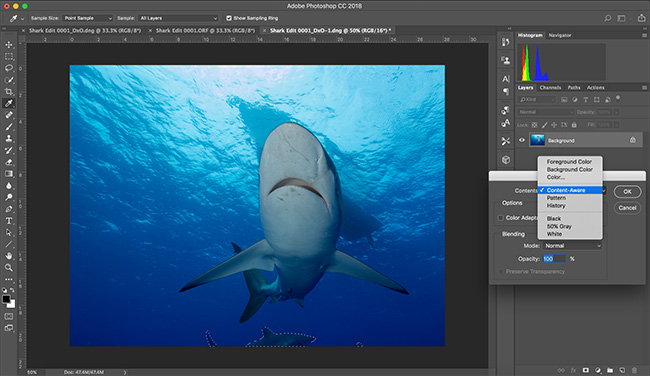

The two processes look somewhat similar on the surface with one major difference in Lightroom all your changes for every photo are saved in one single, relatively small, catalog file.

Because the original photo remains on your computer fully intact and untouched you can go back to Lightroom at any point in the future and re-edit the photo however you want.Īnother benefit of this approach is that the catalog itself is quite small, often taking up only a few hundred megabytes on your hard drive even if you have several thousand images in Lightroom.Ī basic diagram of the Photoshop workflow: If you want to edit an image later it must be saved as a separate PSD file. After you finish making changes to an image in Lightroom the photo must be exported at which point it can be printed, shared, or posted online.
ADOBE PHOTOSHOP ELEMENTS VS LIGHTROOM HOW TO
The edits in Lightroom are a set of instructions for how to process the file, similar to how a recipe is a set of instructions for making food like a cake or casserole. Since the original file was left unchanged I can go back and re-edit the photo any time I want. It’s a technique called nondestructive editing, which stands in stark contrast to how Photoshop operates.įor example, several months ago I sent my father this photo I took of him, which I had subsequently edited in Lightroom. When you apply some type of edit, like a radial filter or adjustment brush, Lightroom is essentially keeping a log of the alterations in a database, while leaving the original image intact. So go there often to see what’s new.Īnd for another easy editing technique that pays big dividends, check out our tutorial explaining how to use Lightroom’s Healing tools to remove dust and other distracting elements from photos.One of the most significant ways in which Lightroom is different from Photoshop is that it does not actually edit photos, nor does it move your images around to different locations on your computer. Instead all the changes you implement are kept in a separate file called the Catalog, which is sort of like a recipe book of instructions for how each photo should be processed. You can learn more about all things Adobe by visiting Morganti’s instructional YouTube channel. Now this quick trick makes a lot more sense, right? Best yet, this technique is very simple to accomplish by following Morganti’s instructions. What? This may sound a bit crazy until you hear Morganti’s explanation: “When you intersect masks, your adjustment will only be applied to the portions of the two masks that overlap.” Hence the sky mask avoids the sailboat. Now comes the meat of the tutorial as Morganti says, “What I can do is intersect the sky mask with a linear gradient that is upside down.” Wait. But here's the catch: he’s simply not satisfied with the result. He tries a few quick adjustments to achieve the dramatic look he wants. Morganti then uses a second mask for the sky so he can make the enhancements he desires. He tackles the latter task first with a brush. As a result, he needs to both add and subtract from the mask. The boat is only partially selected, and a portion of the surrounding area also falls within the mask-an imprecise result that Morganti didn’t intend. His goal is to add a mask over the boat to brighten it up, and then use a mask over the sky for a bit of added drama.Ī problem occurs when he applies a Subject mask to the boat. He did some basic editing earlier, and now he wants to further improve the image with the use of two types of masks. Morganti pulls up a pretty seaside shot with a small sailboat on the shore. As he says, “this is something important and very useful.“ The topic of this five-minute episode from image-editing expert Anthony Morganti is “intersecting masks,” what this accomplishes, and how to get the job done fast.

Today you’ll learn a short and sweet trick that delivers big results in hurry. There are numerous ways to employ masks when editing images in Lightroom, some more complicated that others, and we’ve covered many of them in the past.


 0 kommentar(er)
0 kommentar(er)
